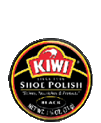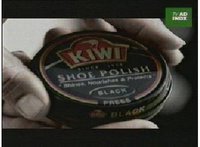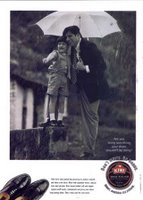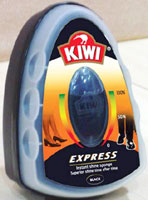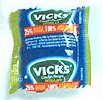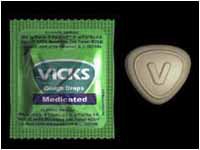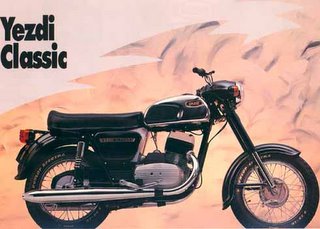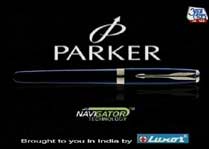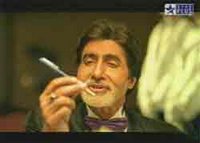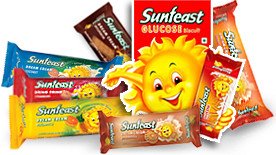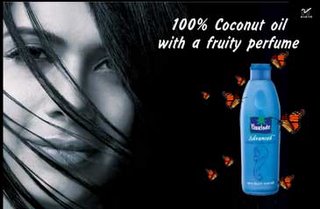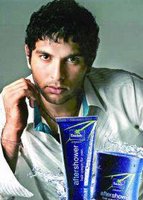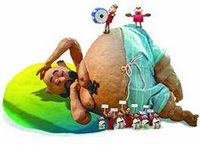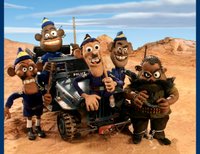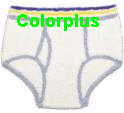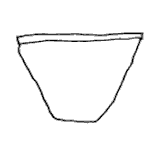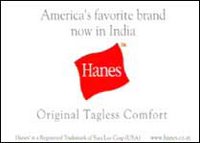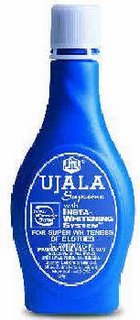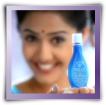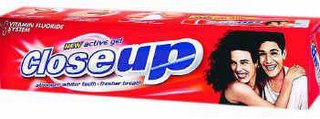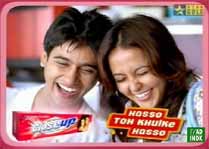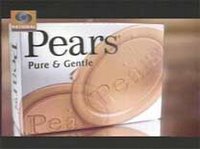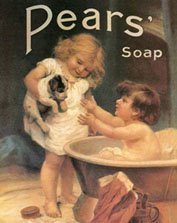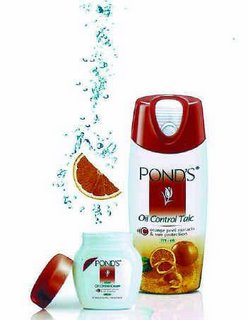
Brand : Pond's
Company : HLL
Agency : O&M
Pond's range of products were in India from as early as 1947 . This is a brand that has celebrated Women's courage and personality. A brand that has tried to evolve with the changing persona of Indian Women.
Theron T Pond, a Pharmacist from Newyork introduced " Pond's Golden Treasure" in 1846. It was a Witch-hazel based wonder product. In 1914, Pond's introduced the cold cream and vanishing cream and that moment marked the brand's evolution to a beauty icon.
In 1955, Pond's merged with another company Chesebrough. In 1987, Unilever purchased the brand from Chesebrough- Pond's.
Pond's is a brand that has been carefully nurtured by HLL. Till 1980's Pond's were a household name in talcum powders. Later the talcum powder faced competition from other categories, we call it as boundary blurring. Hence Pond's had to enter to different categories in the cosmetic market. Pond's have a market share of around 65% in the 600 crore Indian talcum powder market. Subsequently Pond's also became a generic name in the Winter care market. Pond's brand was known more during the nineties for its cold cream.
HLL decided that the brand have potential to grow in the cosmetics market. So Pond's was positioned as an all purpose skincare brand. The Indian cosmetics market is estimated to be around 1850 crore and in that the skin care market is estimated to be around 1300 crores.
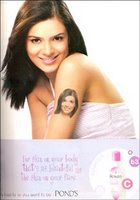
In a survey on customers by AC Nielsen ORG Marg in 2003 , Pond's were among the most trusted brands in India. It was not by accident. Pond's had certain qualities that created a trust among the users of the brand. Pond's is known for
consistent Quality
Constantly Improving &
Changing with times.
I feel that all brands should have these qualities to succeed in the market.
Pond's knew the pulse of the market which made it a top brand in the cosmetic industry.
Pond's is targeting at the premium skin care market in India which is estimated to be around 325 crore. Currently Pond's is also aiming at the super premium segment and the launch of super premium range is expected in first quarter of 2006.
The target group that Pond's is aiming are the ladies above 30yrs of age. It is trying to capture the skin care needs with anti- ageing ,skin rejuvenation and anti- wrinkle products. Currently this segment is dominated by Revlon and other foreign brands.
Pond's uses the baseline " As beautiful as you want to be " I consider it as one of the best baselines currently on air. I
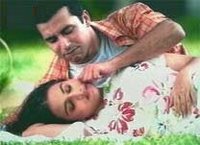
t tries to redefine beauty as something more than superficial. The baseline of Pond's cold cream " Googly Woogly Woosh" does not convey any meaning but the ads are lovely.
I have serious reservations of other ads of Pond's but I hope it appeals to the target market.
Pond's is a brand that is not complacent. In the talcum Powder category , Pond's have many variants like Dream Flower, Sandal, Prickly Heat ,and recently relaunched Magic. This has ensured that the leadership position remains intact.
Pond's is a brand for " Well grounded, self assured, and confident " women. HLL have used campaigns and events ( the prestigious Pond's Femina Miss India) to create and capture the beautiful moments in the life of the Indian Women.

 Woodland never wanted to be an ordinary shoe . According to Mr Harkirat Singh MD , he never wanted this brand to be a mass market brand. So till now this brand is concentrating on the premium end ( above Rs 1500 shoes) of 2000 crore casual shoe segment.
Woodland never wanted to be an ordinary shoe . According to Mr Harkirat Singh MD , he never wanted this brand to be a mass market brand. So till now this brand is concentrating on the premium end ( above Rs 1500 shoes) of 2000 crore casual shoe segment.  serious about promoting its apparel business which constitutes about 30% to the company revenues. Earlier Woodland tried its hand in the formal shoe category with the brand Woods but it did not make much impact in that market.
serious about promoting its apparel business which constitutes about 30% to the company revenues. Earlier Woodland tried its hand in the formal shoe category with the brand Woods but it did not make much impact in that market.